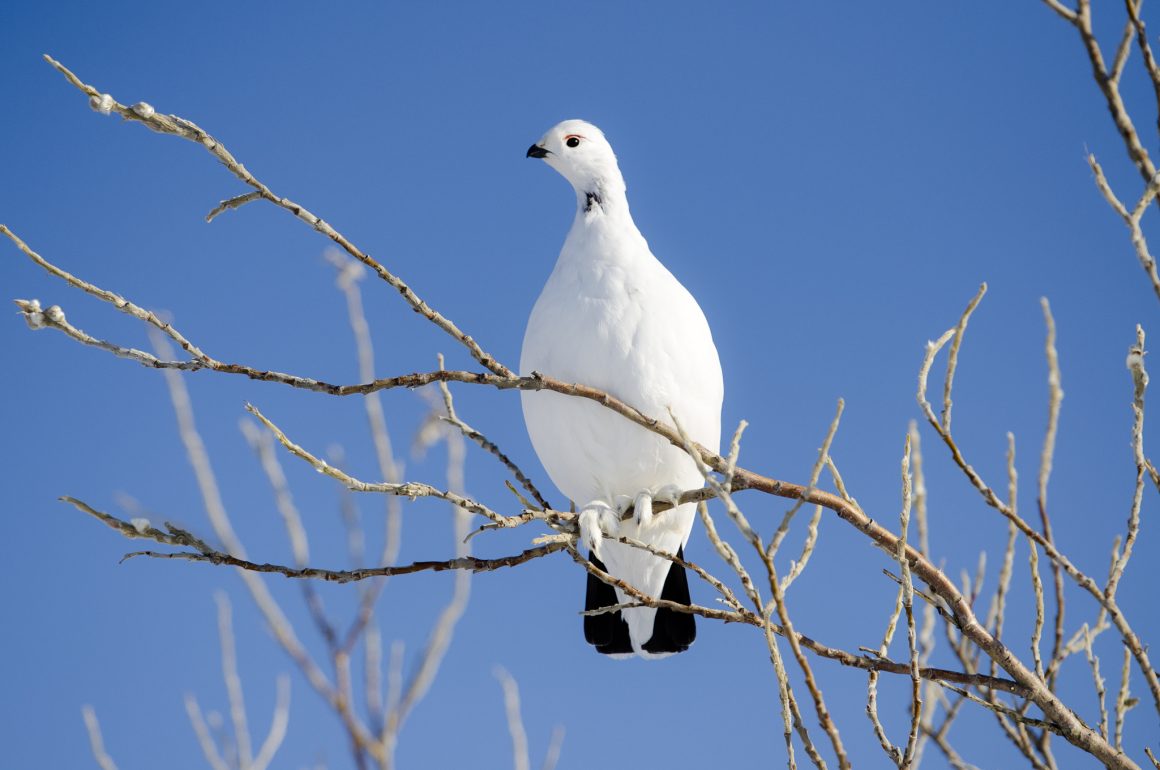
On a May morning in 2023, extra trams were ferrying people to the Tip. People were running or riding bikes down the road, lugging binoculars and cameras. Nobody wanted to miss the mega-rarity, which had shown up the evening before and hung around until morning. People were lined up along the pathway, cameras clicking, as they admired a Willow Ptarmigan, still in its winter plumage (pictured at the top of this article). This was a quintessential Point Pelee moment for me.
Point Pelee Provincial Park is located in southwestern Ontario, on the north shore of Lake Erie. Point Pelee consists of a peninsula of land, mainly of marsh and woodland habitats, that tapers to a sharp point as it extends into Lake Erie. It is the southernmost point of the Canadian mainland. Its location makes it a migrant trap, attracting a wide diversity of species in a small area. After a night flying or during inclement weather, this landmass attracts weary migrants to rest and feed. Just under 400 species of birds have been recorded in the area.
May is the best time to be at Point Pelee for birding. I have been going with friends since 2006. The park’s Festival of Birds is going on at that time. There are guided walks and programs offered, but we prefer to wander the trails on our own.
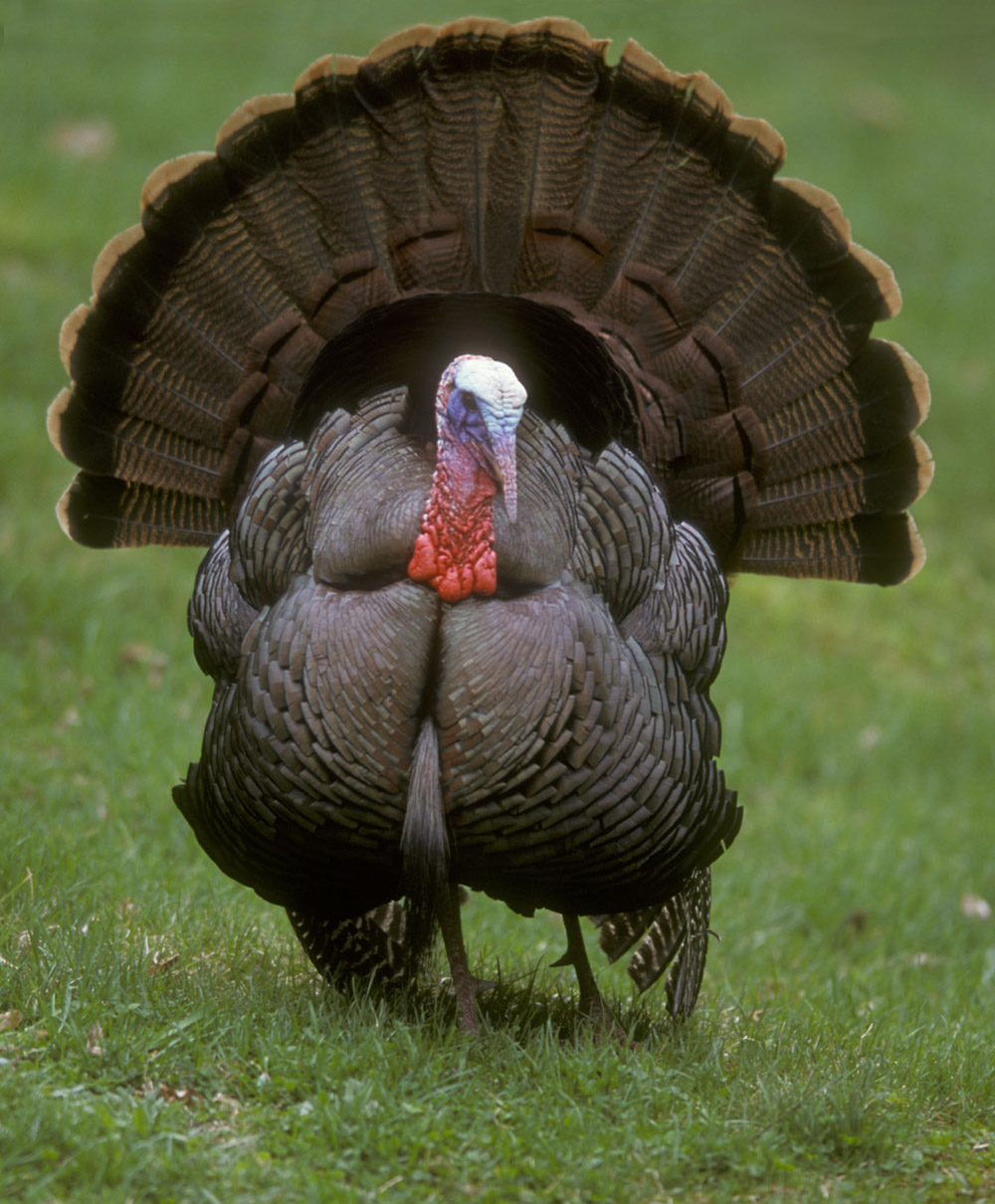
Wild Turkey
We may take the tram down to the Tip, to see what came in overnight. First, we have to drive to the visitor centre. We go slowly, because we may encounter a Wild Turkey in the middle of the road, displaying for his harem. At the Tip, you are surrounded by water. There are gulls on the beach, mergansers and loons in the water, and songbirds in the trees.

Le Conte’s Sparrow
We created our own Pelee moment when we found an unusual sparrow there. We pointed it out and several people came to look at it and take pictures. I correctly identified it, after reading a newly-released sparrow guide book. One of the members of our group found a sparrow expert nearby, who confirmed it as a Le Conte’s Sparrow. In a funny coincidence, the person we asked was the author of the sparrow guide book from which I had learned to identify that bird. That’s Point Pelee!

Kirtland’s Warbler
We have walked woodland trails and walked through the wet woods. We haven seen Red-headed Woodpecker and Eastern Screech-Owl in their roost holes. On our two-day visits, we have seen over 20 species of warblers, including Prothonotary Warbler and the rare Kirtland’s Warbler. One evening, we visited an old farmstead to watch and hear a male American Woodcock displaying for the females. It is both amazing and entertaining to watch those birds rocket into the dusky sky, making their “pzeent” call.
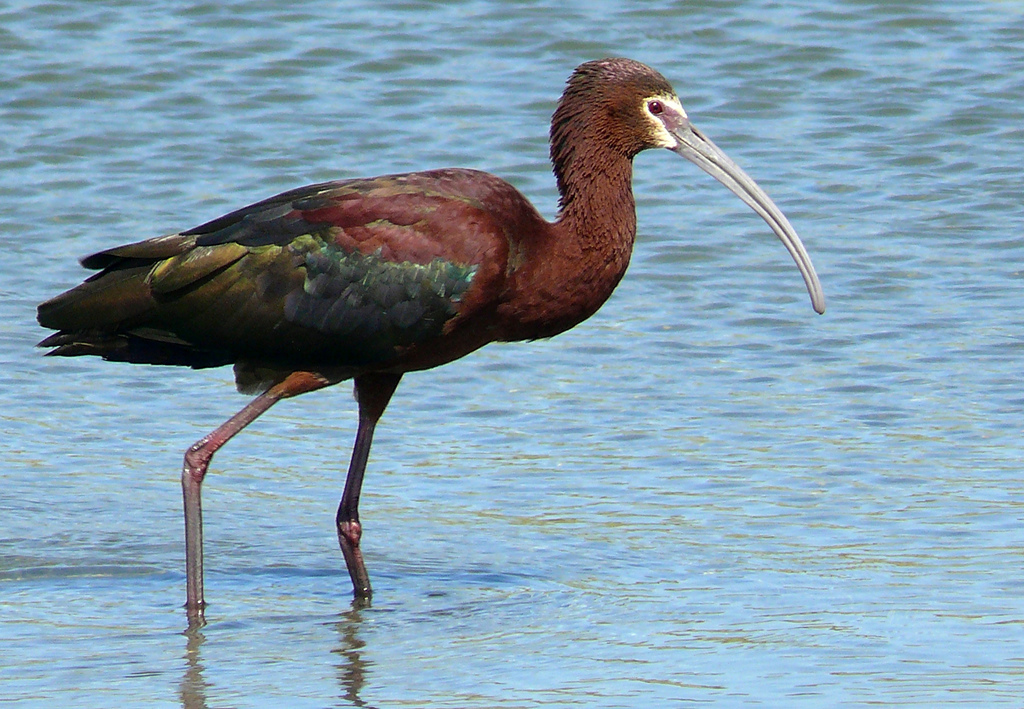
White-faced Ibis
We always include a visit to Hillman Marsh Conservation area, which is minutes from the park. It is a unique shorebird habitat, where water levels are managed to create mudflats. There are shorebird experts on hand who will help you with those tricky identification challenges. In May 2024, there was excitement at Hillman because a White-faced Ibis showed up. People rushed to the marsh. All you saw were long lines of spotting scopes and cameras aimed at the bird.
In the past, my friends and I have enjoyed our visits to Point Pelee. I get to see my club members and other birding friends from Toronto. It is always fun to collect a 100-species pin, because you can see at least that many birds on a two-day visit, which is why it isn’t spring without a visit to Point Pelee.
Note: All photos are from Wikipedia Commons, an online source of copyright-free photos: Willow Ptarmigan by Katie Thoresen; Wild Turkey; Le Conte's Sparrow by Andy Reago & Chrissy McClarren; Kirtland's Warbler by Jeol Trick; White-faced Ibis by Linda Tanner.


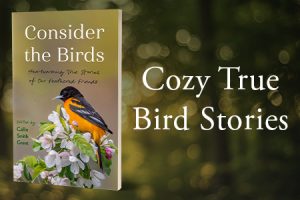

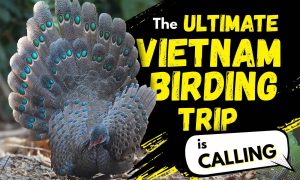
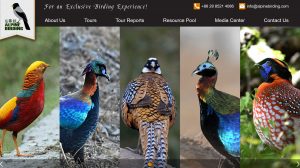
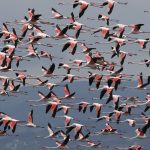


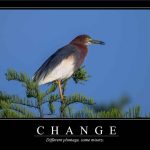
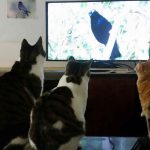
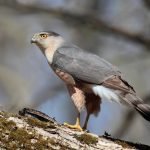

Seems a very interesting spot indeed.
I experienced a fall out at Point Pelee in 2017 (?) and it was amazing. Even the staff were awed. An experience I will not forget.
Astonishing! I live about 1 hour 15 minutes drive from Point Pelee NP and pre-Covid I would go yearly or at least every other. Even though the Willow Ptarmigan appeared in May 2023 this is the first I have heard of it. And in stunning winter plumage too. Your description of birders rushing to it is spot on and I can easily see this all playing out. Your story of the sparrow guide book author is so true, in the sense that you never know who you may see at Point Pelee. I recall seeing several “famous” people simply by recognizing them from their photograph in a birding journal. Your post also does a great job to describe all of the habitats. It is truly a magical place Thanks to the glaciers passing through 10,000 years ago, this very flat, rich farmland area is truly beautiful. Last year, April 8th, 2024, it also bubbled over as a location to view the full solar eclipse. Also and finally, thanks for the information about Wikipedia Commons which I will use. You selected stunning photos for your blog entry.